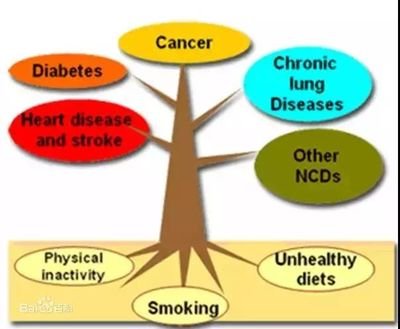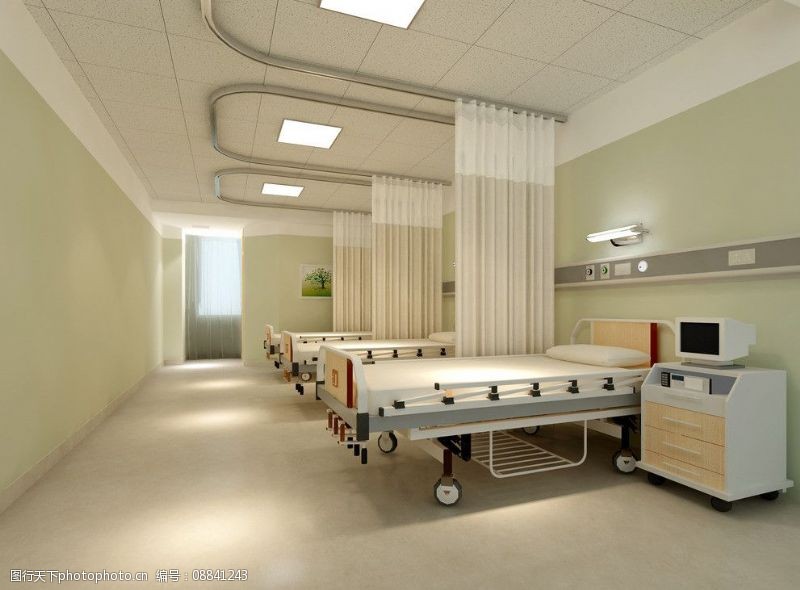
Napping Patterns in Older Adults Tied to All-Cause Mortality
SEATTLE — Timing, duration, and variability of daytime napping are associated with an increased risk for mortality in middle- to older-aged adults, new research showed.
An analysis of UK Biobank data, which included more than 86,000 non-shift workers, showed that longer naps, greater variability in daytime napping duration, and higher percentages of naps around noon and in the early afternoon are associated with an increased risk for all-cause mortality.
“Our study fills a gap in knowledge by showing that it’s not just whether someone naps but how long, how variable, and when they nap may be meaningful indicators of future health risk,” lead investigator Chenlu Gao, PhD, with the Division of Sleep Medicine, Harvard Medical School and Massachusetts General Hospital in Boston, told Medscape Medical News.
“However, it’s important to emphasize that these are associations. Because the design of this study is observational, we cannot determine whether napping patterns cause higher mortality risk or simply reflect underlying health conditions,” Gao cautioned.
The findings will be presented on June 11 at SLEEP 2025.
An Early Indicator of Declining Health?
“While many studies have examined the links between sleep and mortality, they have largely focused on nighttime sleep, often overlooking daytime sleep. However, napping is an important component of the 24-hour sleep-wake cycle and may carry its own health implications,” Gao explained.
For the study, the researchers examined whether actigraphy-measured objective daytime napping behaviors predict all-cause mortality in 86,565 non-shift workers.
The cohort had a mean age of 63 years at baseline, and 57% were women. They were monitored by actigraphy for 7 days, and daytime napping was defined as sleep between 9 AM and 7 PM.
Median nap duration was 0.40 h/d, with 34% of naps taken between 9 and 11 AM, 10% between 11 AM and 1 PM, 14% between 1 and 3 PM, 19% between 3 and 5 PM, and 22% between 5 and 7 PM.
During a follow-up period of up to 11 years, 5189 (6.0%) participants died. Overall, as individuals aged, naps tended to become longer and more irregular, with timing shifting toward the afternoon.
After adjusting for potential confounders, including demographics, BMI, smoking, alcohol use, and nighttime sleep duration, longer nap duration was associated with an increased risk for mortality (hazard ratio [HR], 1.20 for 1 SD; P < .0001).
Greater intraindividual variability (HR, 1.14 for 1 SD; P < .0001) and a higher percentage of naps between 11 AM and 1 PM (HR, 1.07 for 1 SD; P = .0005) and between 1 and 3 PM (HR, 1.07 for 1 SD; P = .0002) were also associated with an increased risk for mortality.
“These findings highlight the potential importance of considering napping behaviors in risk stratification of mortality in middle- to older-aged adults,” the researchers noted in their abstract.
“Longer or more irregular naps may reflect poor nighttime sleep, circadian rhythm disruption, or underlying health conditions such as cardiovascular disease, metabolic disorders, depression, or early neurodegenerative changes. Our findings suggest that certain patterns of napping could serve as early indicators of declining health,” said Gao.
However, the researchers did not specifically test these mechanisms in this study, and further research is needed to clarify the biological pathways underlying these associations, Gao cautioned.
Ask About Napping
Commenting on the research for Medscape Medical News, James A. Rowley, MD, professor of medicine and program director, Sleep Medicine Fellowship, Rush University Medical Center in Chicago, said the “major take-home message is that if physicians ask about a patient’s sleep habits, they should also be asking about napping, not just the nocturnal sleep period. In other words, physicians should be asking their patients, ‘do you nap during the day?’”
“One cannot ignore daytime napping and an evaluation for the etiology of daytime napping is important,” said Rowley.
Rowley noted that the key questions to consider include whether the patient is obtaining sufficient nocturnal sleep. Could an underlying sleep disorder — such as sleep apnea or restless legs syndrome — be contributing? Might another medical condition, such as chronic heart failure or chronic obstructive pulmonary disease, be disrupting nighttime sleep and prompting daytime napping?
Funding for the study was provided by the Alzheimer’s Association, American Academy of Sleep Medicine (AASM), and Brigham Research Institute’s Fund to Sustain Research Excellence. Gao reported having no relevant disclosures. Rowley reported being a spokesperson and board member for the AASM.




